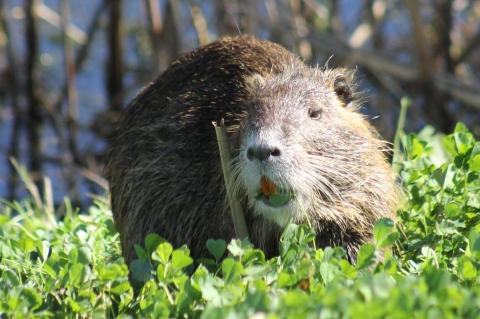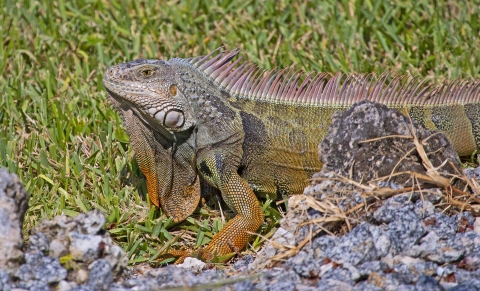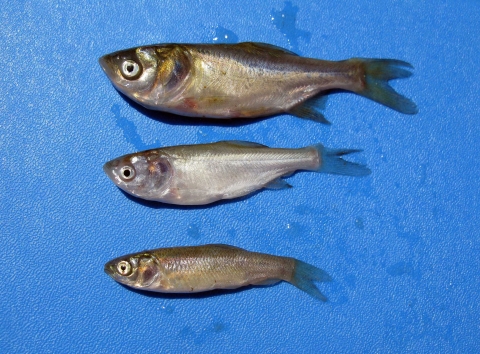National Invasive Species Awareness Week (Feb. 24-28, 2025) is here to remind us that some of the biggest ecological nightmares are critters that don’t belong here. Invasive species outcompete native wildlife, destroy habitats, and mess up ecosystems. But rather than just complaining about them, let’s put them on the menu.
Eating invasive species invasive species
An invasive species is any plant or animal that has spread or been introduced into a new area where they are, or could, cause harm to the environment, economy, or human, animal, or plant health. Their unwelcome presence can destroy ecosystems and cost millions of dollars.
Learn more about invasive species can help protect native wildlife by reducing their numbers and limiting the damage they cause to ecosystems. However, it’s not a complete solution and should be combined with other conservation efforts to effectively control these species. With that said, here are five invasive species causing trouble in the U.S. that also happen to be downright delicious:
Nutria (Myocastor coypus)
Native to: South America
Invasive in: Gulf of America Coast, Atlantic Coast, Pacific Northwest
These oversized, wetland-loving rodents were brought to the U.S. for the fur trade and now they’re devouring marshlands. Ok, so how can we help? Nutria gumbo. Their meat is lean, mild, and tastes like rabbit.
Northern Snakehead (Channa argus)
Native to: East Asia
Invasive in: Mid-Atlantic and Southeastern U.S. waterways
Because this sharp-toothed facultative air breather can live outside a body of water for several days, it has the ability to wiggle its way to other freshwater habitats. Luckily, they’re delicious with a firm, white, and flaky meat. Try them in fish tacos, grilled, or fried. Just make sure they don’t bite you first.
Green Iguana (Iguana iguana)
Native to: Central and South America
Invasive in: Florida and other warm states
These cold-blooded invaders are eating Florida’s native plants and destabilizing seawalls. The solution? Iguana stew. Their meat is often called “chicken of the trees” for its mild flavor.
Invasive Carp (Bighead, Silver, Black Carp and Grass Carp species)
Native to: East Asia
Invasive in: Midwest and Southeast rivers and lakes
These high-jumping fish are clogging U.S. waterways and outcompeting native species. Often spotted on viral videos slapping some unlucky angler in the face as it bounds into a passing boat, these fish are wreaking havoc on our fisheries. Here’s the good news, they’re surprisingly tasty. Try them grilled, blackened, or turned into crispy fish cakes.
Feral Hogs or Wild Boar (Sus scrofa)
Native to: Europe and Asia
Invasive in: Southeastern U.S., Texas, California, and beyond
Be gone, you feral swine! They aren’t just invasive, they’re a full-blown ecological disaster. Rooting, trampling, and devouring everything in their path, these piggies are tearing up farmland, forests, and wetlands across the country. But there’s a silver lining because wild boar is some of the best-tasting invasive meat you can get.
Leaner and richer in flavor than store-bought pork, wild boar works in everything from smoked barbecue to hearty chili. Grind it for burgers, braise it for tacos, or go full gourmet with wild boar ragu over pasta.
Bonus: Feral hog hunting is encouraged in many states, so you’re not just getting a great meal, you’re doing conservation work with every bite.
Outdoor recreation plays a crucial role in conservation because taxes on firearms, ammunition, and angling equipment help fund wildlife management and habitat protection. So, get out there and “Save a Swamp, Sauté a Nutria.” But before you grab a fishing pole or hunting rifle, check your state’s regulations and restrictions. Then, get cooking and help control these invasive species one bite at a time.








